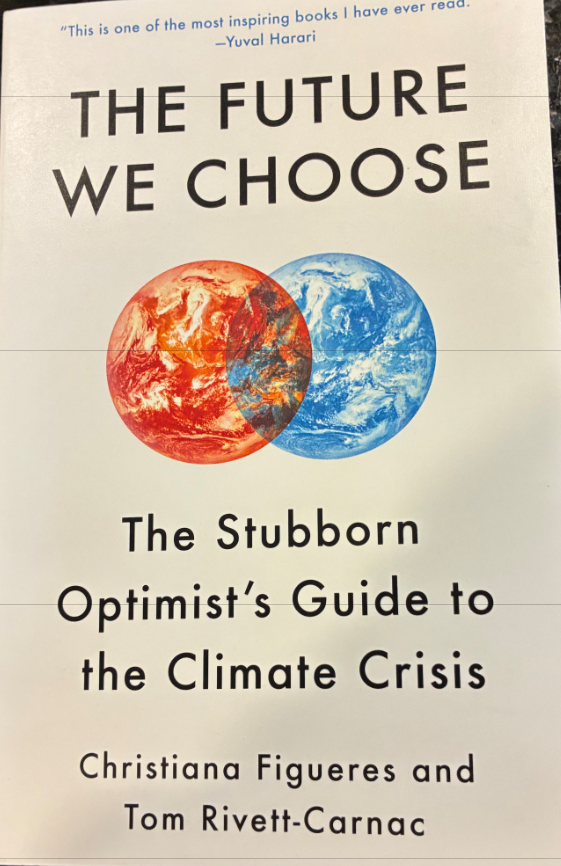Commentary
The Power of Oysters

Editor’s note: This is one in a continuing series of educational columns about fostering environmental stewardship and leadership coordinated by ACES — the Alliance of Climate and Environmental Stewards.
by Richard K. Lodge
Consider the oyster. These mollusks do a great job filtering seawater of pollutants, sifting through as much as 50 gallons of water a day. The benefits continue even after they’ve been harvested, shucked, and devoured. Dump their shells on the sea floor and tiny young oysters can attach and grow to full size – all within a few years’ time.
Once small oysters attach to a hard surface they stay put. As they grow, they clean the water through their constant siphoning, and as a bonus, the shell reefs help stabilize the sea bottom and tamp down the power of the sea. The reefs continue to grow, not only supporting newly spawned oysters but also self-sustaining populations of mussels, snails and other marine life. Developing an oyster reef as part of a shoreline protection plan isn’t a novel idea. Newburyport’s 2020 Climate Resiliency Plan suggests the city work with Mass. Audubon to “design and implement a living shoreline demonstration project on the Audubon property.” That living shoreline would involve an oyster reef.
In recent years the non-profit Massachusetts Oyster Project has helped set up oyster upwellers – baby oyster incubators — in Gloucester, Marblehead, Manchester-by-the-Sea, Hyannis and Nantucket. Another upweller is planned this summer in Yarmouth Port. An upweller is a compact system of buckets and PVC tubing powered by a small pump to grow oyster seed, called spat. The pump pulls water from the ocean up through the bucket and tubing system, then back into the ocean. The spat feed on the plankton in the circulating sea water and filter out pollutants.
The seed oysters, which start out the size of red pepper flakes, live in the upweller all summer and grow to about an inch in length by the fall. At that point, the Oyster Project works with the state Division of Marine Fisheries to choose a good spot to “plant” the oysters – including Gloucester’s Mill River – where they can grow and help stabilize the seafloor. The Oyster Project runs another program to collect shells left over from shucking at restaurants south of Boston and even from the Annual Oysterfest in Newburyport. The shells are dumped in outdoor storage areas where they bake in the sun for a year to remove impurities and prepare for their next act. The shells then are returned to the ocean floor around Wellfleet and Nantucket where young oysters and other sea creatures attach themselves and help build new reefs.
A shell collection project can be totally separate from the upweller program, but it’s easy to see how both undertakings can have big payoffs for the environment. When it comes to raising oysters, the Newburyport waterfront dock could be a good location for an oyster upweller and offer thousands of visitors the opportunity to see an aquaculture project in action. An upweller can illustrate how oysters improve water quality and bolster oyster populations while contributing to shoreline stabilization. Upwellers can educate the public and serve as a great maritime teaching tool.
Raising baby oysters on the Newburyport waterfront would help filter out some of the toxins that drift downriver in combined sewer overflows.
A shell recycling program might fit well into Greater Newburyport, as well, if a suitable flat holding area could be located. With at least a dozen restaurants in a 10-mile radius of Newburyport shucking thousands of oysters every season, a shell recycling program could be a great way to put the shells to use growing new oyster reefs instead of sending them to a landfill.
When you consider the oyster, think about how we might work with it to improve the water flowing into the Atlantic and the coastline we all treasure. For more information visit: https://massoyster.org/. Richard K. Lodge retired as editor of The Daily News at the end of 2021. He lives in Newburyport and can be reached at richardklodge@gmail.com. ACES youth corps and team members invite you to stay updated by subscribing to our monthly newsletter via the “Stay Informed” link on this website. Please consider joining our community of environmentally minded neighbors and let us know your thoughts or ideas to help MAKE EVERY DAY EARTH DAY at acesnewburyport@gmail.com
.svg)


